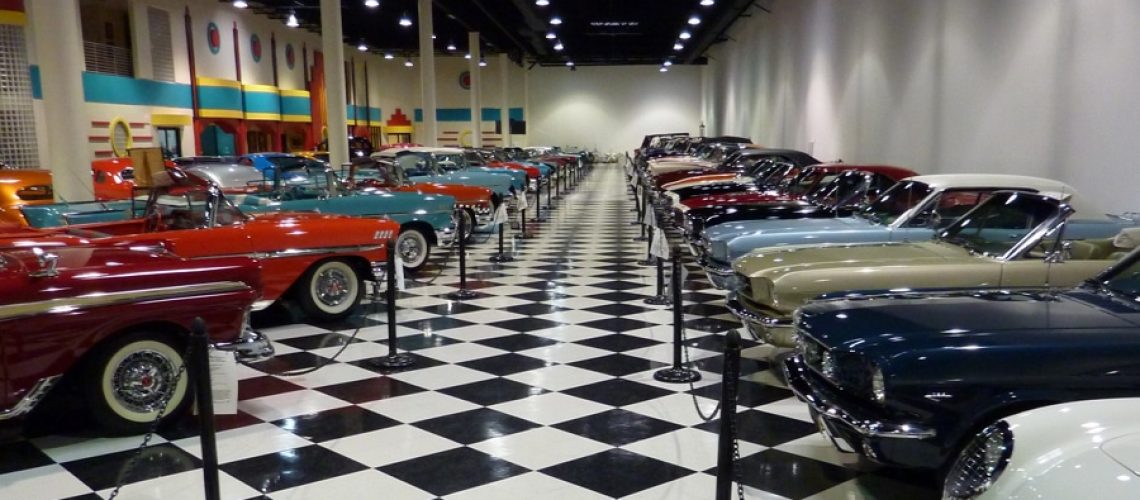The damage was discovered as the cars, an antique car collection, were being prepped to appear in a local parade in Carrollton, Texas in August of 2010. Rapidly, the damaged was assessed the day the initial call came in. At the same time a team of cleaning experts was assembled. A high level of expertise is required to successfully clean the outside and inside of cars such as a 1949 Packard, ‘60’s Thunderbirds, Model T’s or a 1936 Lincoln Zephyr without damaging the cars any further. Older car paint does not have a clear coat and is often very soft.
“The source paint contained aluminum particles in it which means mechanical buffing could not be used or it would scratch the finish.” said Jim Gerencser, owner of Nationwide Overspray. “The original car paint is extremely soft. Our overspray removal techniques are designed to be gentle. We did not want to add to the damage.”
50,000 square foot Antique Car Collection
The cars were housed in a 50,000 square foot section of a large warehouse. The warehouse owners were repainting the ceiling and support poles in the vacant spaces for new tenants.
The paint contractor was using spray guns to apply the aluminum – based paint. The ceiling to wall junctions have small gaps along with rollup doors. In addition, the space housing the car collection was not climate controlled. Outside doors were opened and several large fans were in use to exhaust the warm air to the outside.
Climate Control for Antique Car Collection
Consequently, this created a suction that pulled a fine mist of paint through the tiny gaps and into the car collection space. Additionally, as the result fine mist “rained” on the entire car collection. Basically, we used lab-tested paint analysis and liability determination to understand the makeup of the overspray.
In addition, Nationwide Overspray uses special light tunnels to see and cleans the tiniest speck of paint. The cars were cleaned successfully. Afterwards, the collection owner relieved.

